Our preferences have changed dramatically as a direct result of COVID-19, hardly surprising given we’ve experienced a significant, global event.
Like all historical events of significance, our attitudes and generational values will be reshaped. In future years, people will hark back to the COVID-19 era and it will be easy to reflect on the changes that were initiated by such a serious event. From job security to education, events and venues to travel, so many of our ways of life have been challenged and reshaped.
Property preferences are no stranger to the changes that COVID-19 has forced on us, and the property market holds up a mirror that shows clearly the new criterion that residents are demanding now.
Every city in our nation has reflected this change in sentiment, and Melbourne is a striking example of the sheer demand for three bedroom homes.
“Melbourne’s median house price reached a record $936,000 in the December quarter and is now 64 per cent higher than the median unit price, the Domain house price report shows. That compares with an average price gap of 52 per cent over the past decade.” Sydney Morning Herald, Jan 30.
The widened gulf between median house price and median unit price is very telling.
It spells two things; not just a sign of buyers treading carefully with apartment purchases and rentals, (although this is a key trend in our city for other significant reasons), but a general heightened demand for more bedrooms.
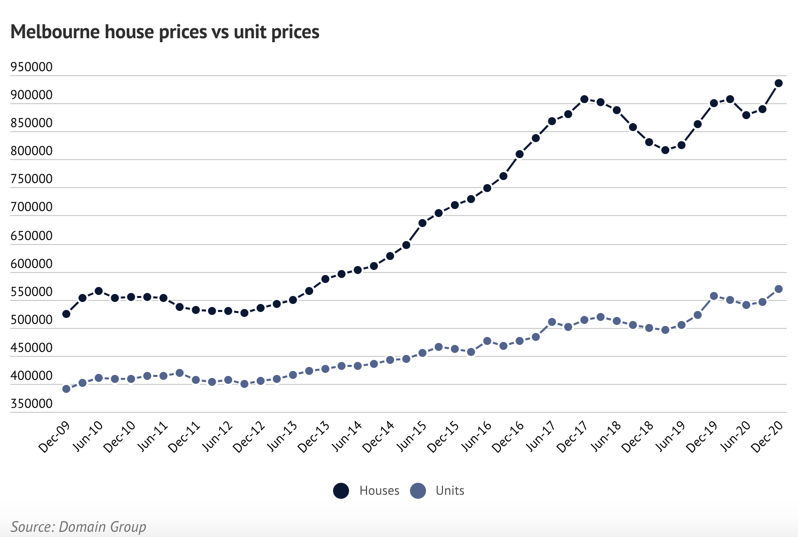
COVID-19 thrust us into home schooling, home office, zoom and teams calls, (where privacy and background vista is important), and most importantly, it started us all thinking about the delineation between work time and non-work time.
So many people have commented about their heightened productivity during COVID-19, attributing it to superior convenience, less travel-time, and technology benefits.
However, many have also complained that ‘switching off’ was more difficult, and extreme ‘out of hours’ workloads reflected this annoying convenience of the laptop sitting on the kitchen bench, with emails streaming past 5pm.
Once work-from-home started to feel like a more permanent arrangement, people began to desire a separate work room; a study.
As opposed to a nook, a kitchen butler’s pantry desk or a bedroom/work area arrangement, buyers and renters suddenly wanted an extra bedroom.
A real, normal-sized, non-nook bedroom.‘
What this has done to our market is more extreme than most would imagine. This additional inclusion to the criteria list has exacerbated the scarcity impact of the property that the buyer is searching for.
Take, for example a three bedroom house. In a location like Yarraville, Brunswick, Richmond, (or any inner-ring, older style neighbourhood with traditionally smaller blocks and houses), the three bedroom house isn’t entirely rare, but it is more rare than the humble two bedroom single fronted cottage. Three bedroom houses usually sit on a larger footprint of land, and hence, when combined with the high demand for the product, three bedroom houses attract a higher price than a traditional two bedroom house. However, when we add a fourth bedroom, the incremental price increase is higher than the same two to three bedroom incremental increase.
This is because the four bedroom product is quite scarce.
Then, when we consider a five bedroom property in the same neighbourhood, the sale prices start setting records.
Extreme scarcity and heightened demand is now seeing inner-ring, 5BR homes surprising the best of us. Two weeks ago a sales record was set in Yarraville’s west, with a six bedroom, internally dated family home on Lincoln St selling for $2.76M.
The challenges with a larger home in a inner-ring location can bite though, particularly when we consider the impact on the outdoor area when the footprint of the property encroaches the yard. This 4BR plus study home below highlights this concern, and it is fair to say that not all buyers are satisfied with a compromised rear yard.
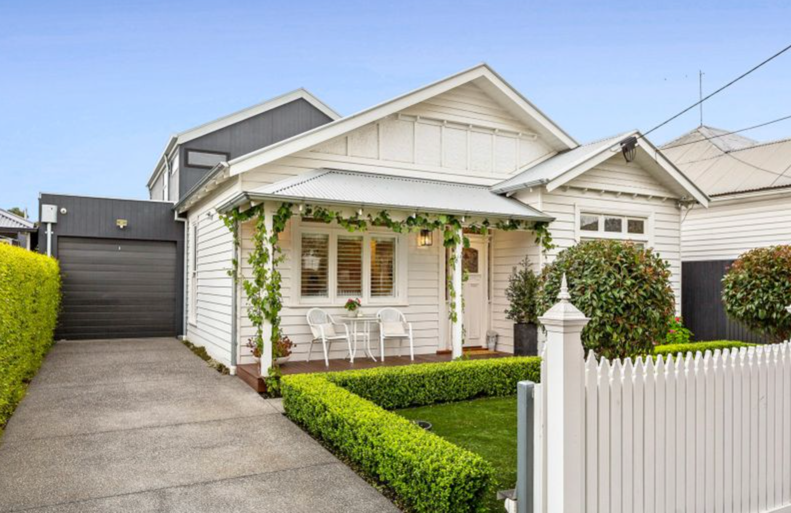
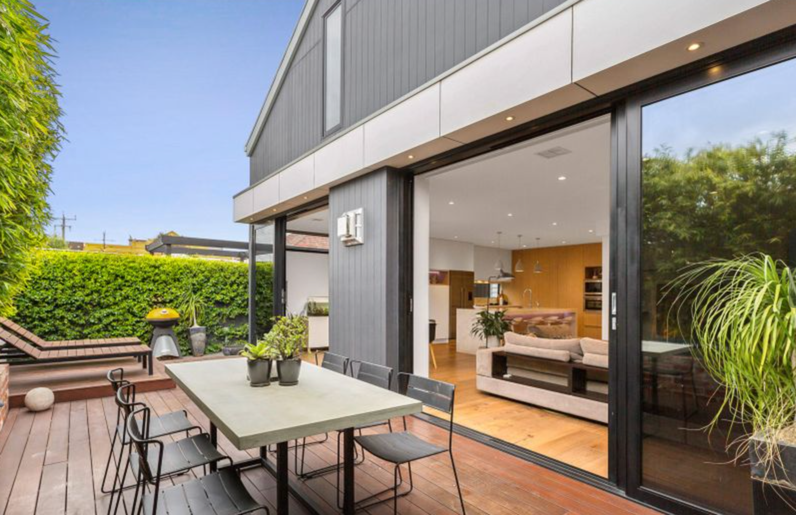
The challenges haven’t only impacted house prices throughout the COVID-19 era.
Three bedroom units are also in tight supply, with many singles and couples adding the extra designated study room to their wish-list also.
The issue for many buyers in this situation is also scarcity.
Finding a genuine three bedroom villa unit or apartment is really difficult. In a sea of one and two bedroom units, the three bedroom offerings are slim, and competition is almost always heightened.
For those who are lucky enough to secure a three bedroom option though, they can be assured of continuing scarcity, and hence long-term demand for the same product. This will, in turn support capital growth, as similar properties with the three-bedroom attribute continue to outperform their two-bedroom counterparts.
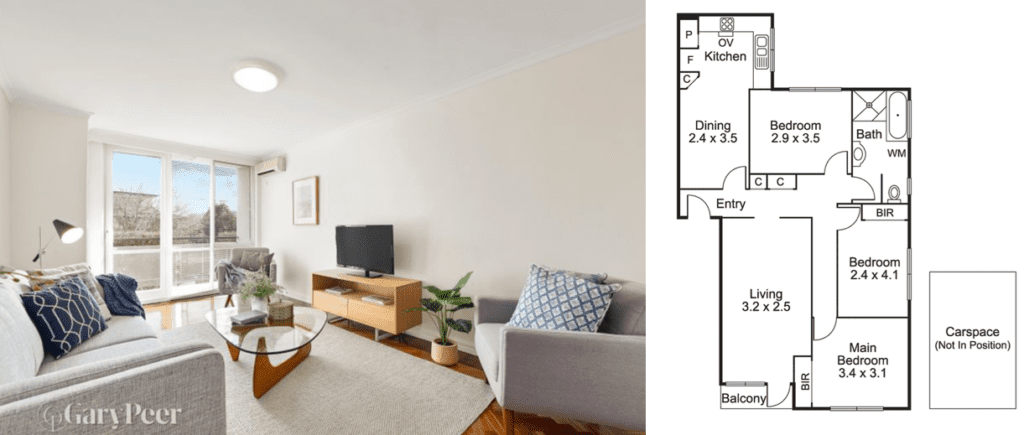
Three bedroom villa units, (like below) are rare indeed, and like the above example, we can anticipate that a genuine three bedroom villa unit will outperform the typical one and two bedroom variants.
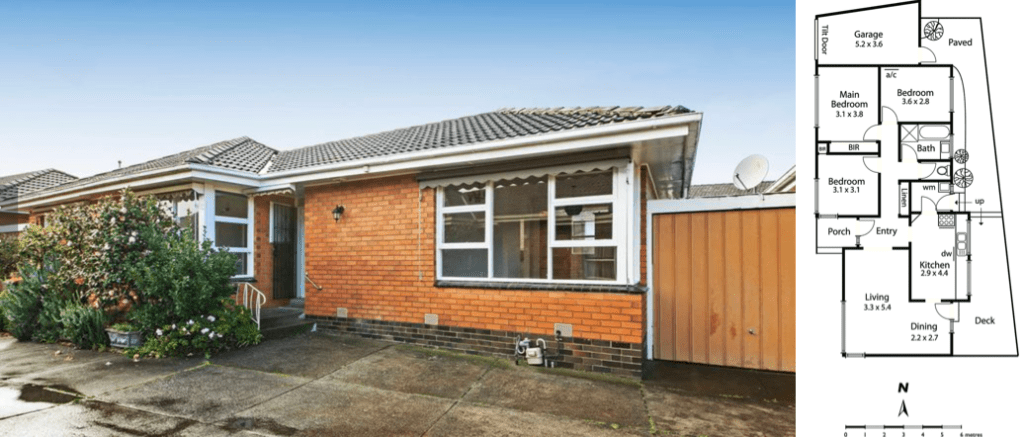
For many buyers, though the additional bedroom spelled the need for a stark compromise. Price prohibitive options in Melbourne spurred many into looking further afield, and this was reflected in every capital city, not just Melbourne.
Our most recent Core Logic data indicates an overwhelming outperformance for median dwelling values in the regions. This comes as no surprise. Our enquiry from buyers for commute-distance regional cities was overwhelming to say the least. At one point, over 60% of our inbound calls and emails were from prospects who were seeking a regional change.

While it’s an extreme option for many, (and not something that should be decided upon lightly), we have enjoyed helping many sea-changers and tree-changers adopt a new lifestyle in the regions. These two examples below are compelling, demonstrating the value that a region can offer for the right buyer.
Below is a house in East Geelong, within 4km of the city centre and a short walk to the beachfront. This three bedroom home sold for $750,000 in December.
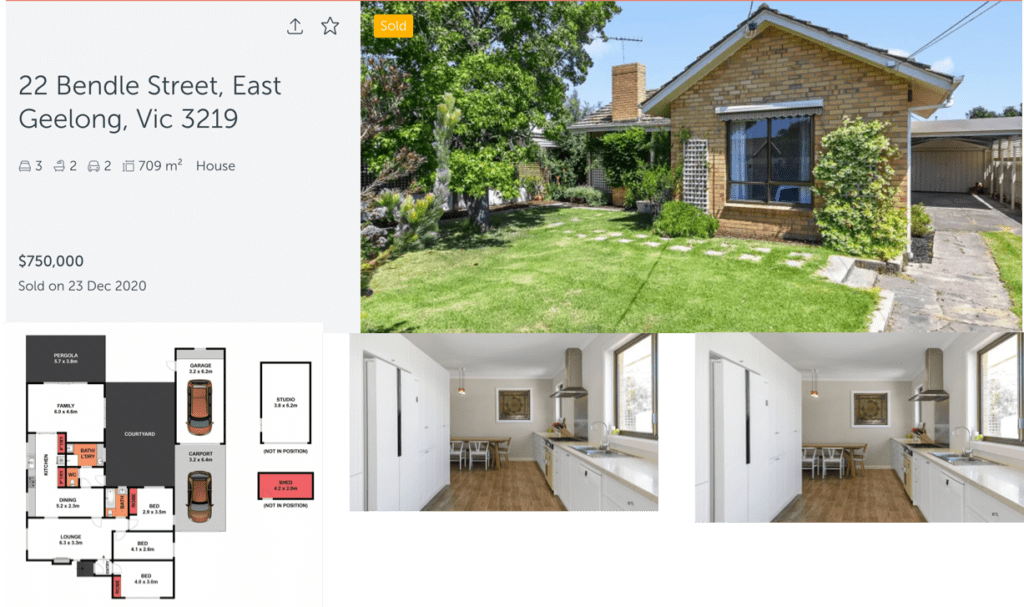
Many effects of COVID-19 will diminish over time, but it seems likely that our attitudes towards working from home are here to stay. From hot desk arrangements to hybrid office/home directives, our way of life, (and work) has changed forever.
Buyers need to be cautious about smaller dwellings with limited scope for home-office space, and they should consider the various compromises that they can make in order to create a work from home space that doesn’t just suit their needs, but will suit future inhabitants needs also.
REGISTER TO OUR NEWSLETTER
INFORMATION
CONTACT US
1A/58 ANDERSON STREET,
YARRAVILLE VIC 3013
0422 638 362
03 7000 6026
CATE@CATEBAKOS.COM.AU
